[Here’s a link to other forays around my map.]

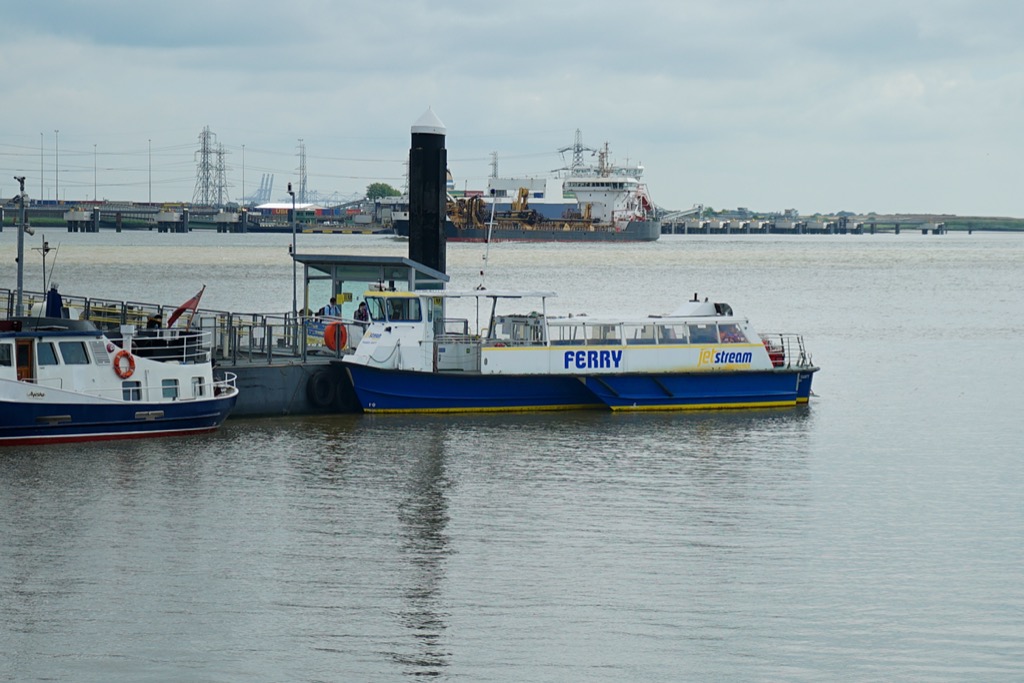
I had been both looking forward to, and procrastinating today’s square. To reach it I needed to make a short river crossing on a small ferry, which I knew would be fun, but also added the tiniest fraction of hassle and planning to proceedings, which is all I ever need to not bother doing something. Even though the ferry runs regularly, all day, and costs only £4, I still found the prospect of a timetable slightly unsettling, with a slight gnawing knowledge of a deadline not to be missed.
That quibble aside, I love small ferries across estuaries. The only thing that beats them are cable ferries across rivers, with a bonus point for those you hail by shouting and hope that the ferryman hasn’t gone home for lunch. Even though the journeys are brief, they come with the excitement of crossing a border, a boundary, to someplace new and different.
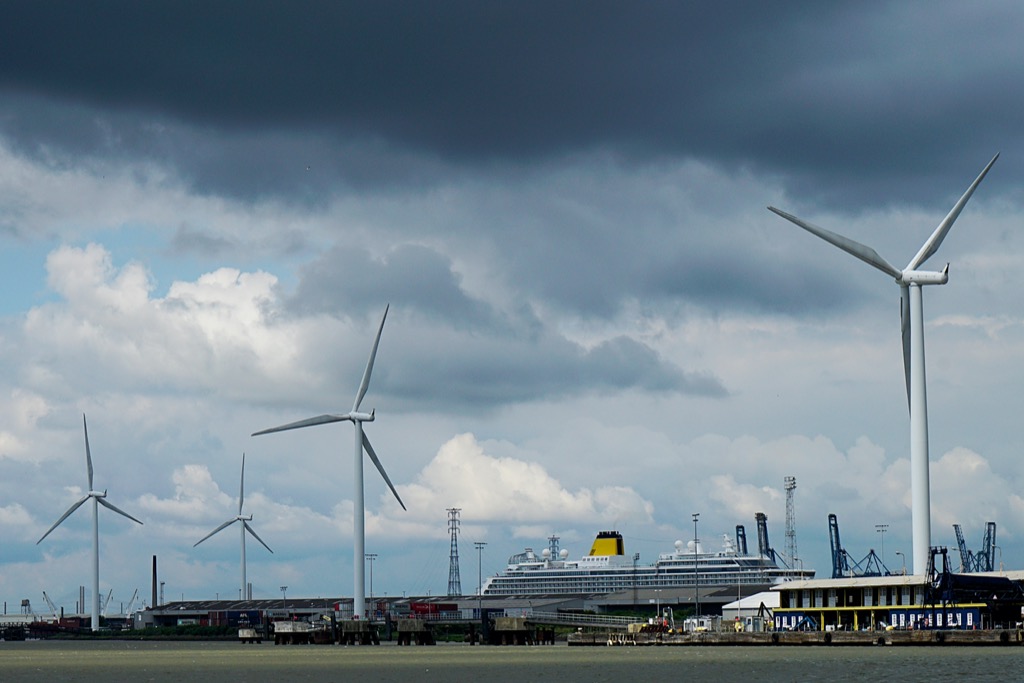
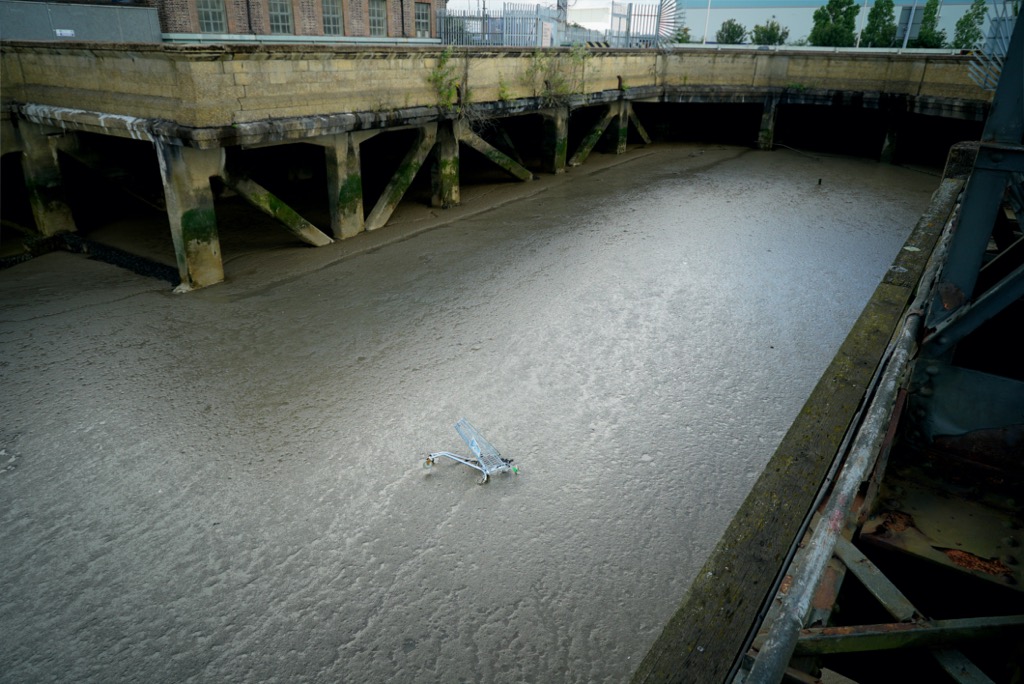
Although the river is only a few hundred metres wide here, I have never dared to swim or paddle across. The brown water swirls and boils with fast tides, eddies and undertows, and enormous ships plough up and down stream. Even the ferry seemed to struggle, crossing the river in a wide swerving arc like racing cars drifting round corners.
Wheeling my bike off the ferry I looked back at the water towards the towns and marshes and hills I have been exploring and linking together this year. Seen from this fresh perspective I enjoyed seeing the connections I have made. I crossed a causeway supported by enormous riveted girders and looked down at the inevitable shopping trolley resting on the low tide mud.
This dock was where, one misty morning in June 1948, a former German cruise boat, the Empire Windrush, disembarked some 500 hopeful passengers from Kingston, Jamaica: 492 was the official figure, but there were several stowaways as well. Many of them were ex-servicemen, who had served in England during the war. The new arrivals were the first wave in Britain’s post-war drive to recruit labour from the Commonwealth to cover employment shortages in state-run services like the NHS and London Transport. The newspapers were already keenly interested in the voyage of what they embarrassingly called ‘the sons of empire’ and the Colonial Office, the Home Office and the Ministry of Labour were busily engaged in trying to dodge responsibility for the newcomers, whose imminent arrival they viewed with alarm. Today the windows of the walkway up from the dock displayed a powerful exhibition of translucent photographs from the ‘Windrush generation’, their photos and stories shining in the morning sunshine like stained glass.
The extraordinary position of the Windrush in our collective consciousness came about through the intense curiosity of it being the first ship to arrive following the Nationality Act, and through the memorable images of passengers captured and archived. Without compelling photos and film repeatedly shown over the years, the myth of the Windrush would not have hardened into a foundation story.
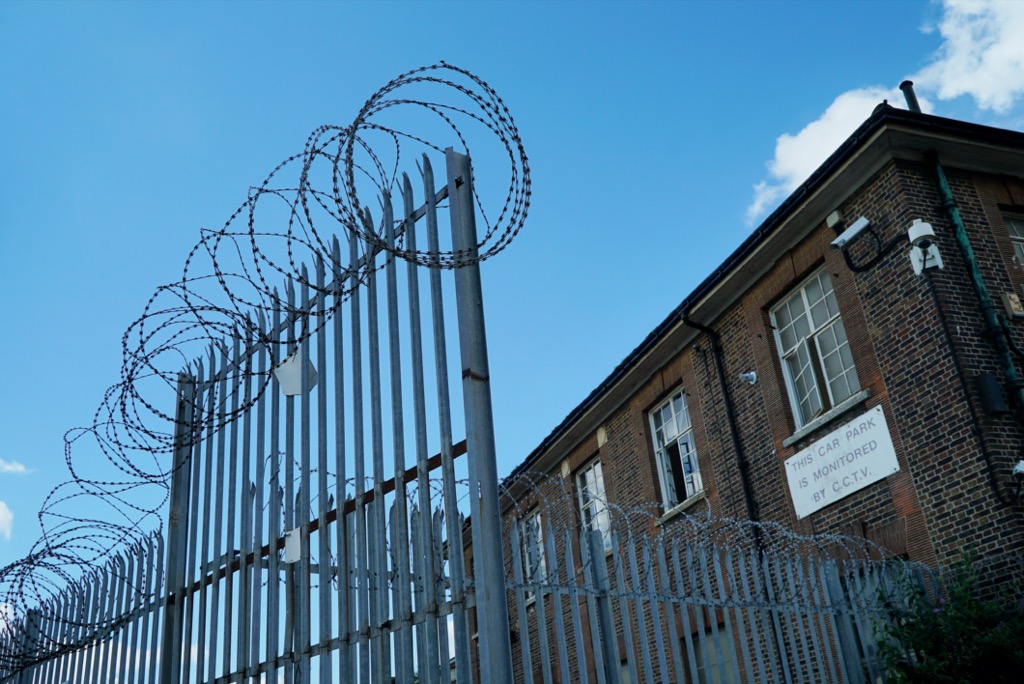
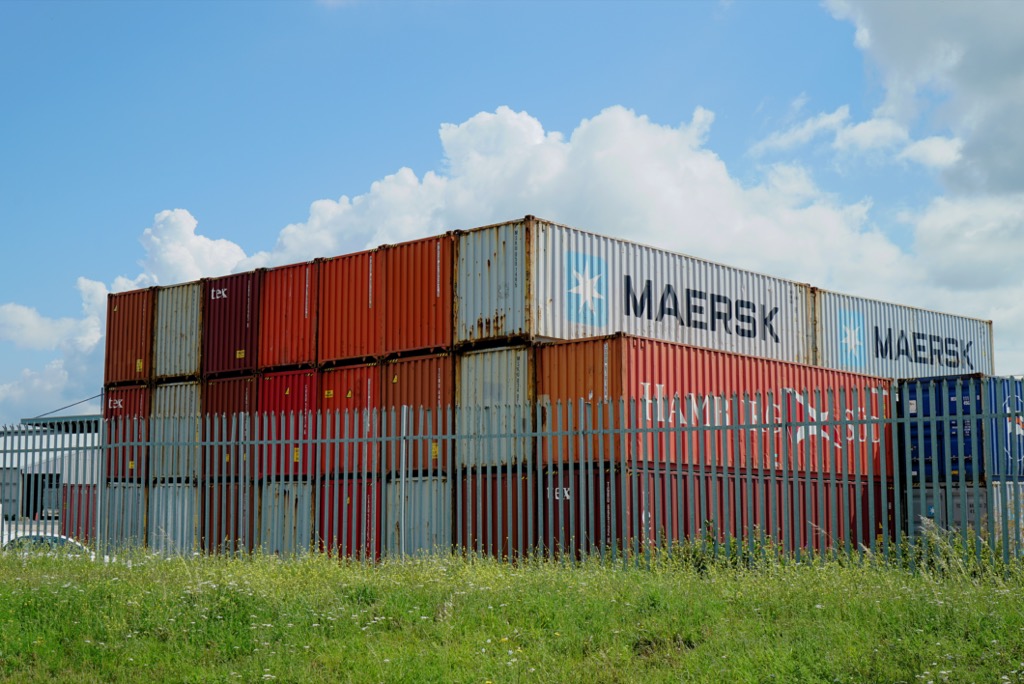
Much of this grid square was taken up with dock facilities, those weird sort of no-man’s land which are simultaneously and deserted, where cyclists and pedestrians are non-existent and articulated lorries rush around with shipping containers bound for all corners of the earth. ‘No entry’ signs abound. Although, in fairness, the road network of this new port did have excellent facilities for cyclists and pedestrians. Even amongst the concrete and barbed wire nature is always fighting back. The verges were growing wild, with brambles and bindweed scaling the tall spiked fences and smothering them. Buddleia grew amongst it all. Buddleia is a familiar shrub, well-known for its attractiveness to butterflies. It is actually an introduced species, however, that has become naturalised on waste ground, railway cuttings and in towns. Along fences by the tracks and almost any patch of waste ground, you will notice the long, slender clumps of flowers, usually lilac but also blue, deeper purple or white, at the end of long, arching branches. Sprouting from seemingly every derelict building, it stakes an increasingly plausible claim for the title of Britain’s national flower. Also called summer lilac, butterfly-bush, or orange eye, buddleia is native to Sichuan and Hubei provinces in central China and Japan.
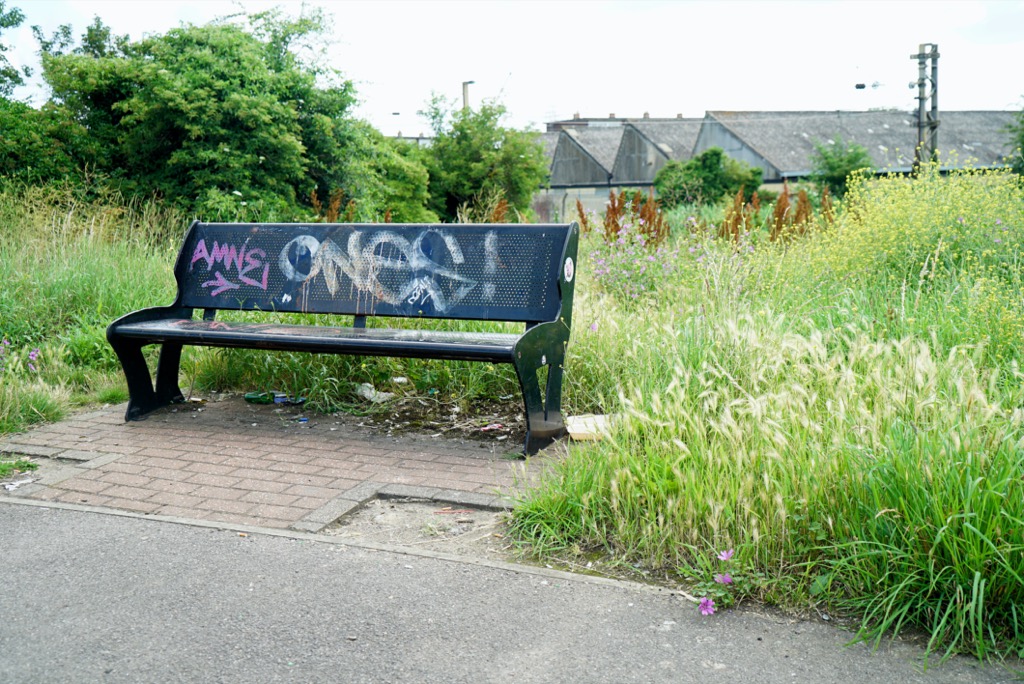
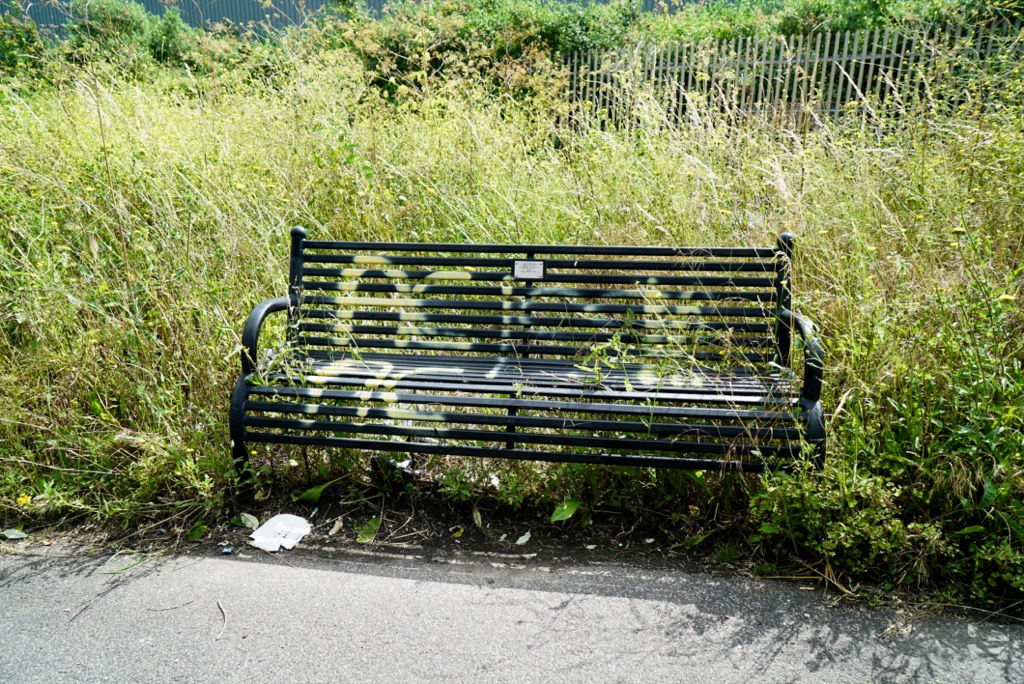
Network Rail says buddleia has a habit of growing in walls where it can interfere with overhead power lines and obscure signals. While it does not cause “serious” problems such as blocking train lines, it does have a habit of popping up in “annoying places” where removing it takes up valuable time and resource. The company cuts down large buddleia before removing or killing the stumps, sprays small buddleia with herbicide, and uses weed-killing trains to keep the network clear, while staff use portable sprayers at stations. One would think that the potential for nuisance might be outweighed by the benefits to wildlife, such as butterflies. But Buddleia has been blamed for the destruction of chalk grassland at Folkestone Warren, a site of special scientific interest (SSSI) in Kent. Kirk Alexander, White Cliffs Countryside Partnership project manager, says the prolific flowers are “impressive”, but partly as a result of their spread, only a small area of grassland now remains on the 199-hectare site, which is protected for its chalk grassland as well as its geology, wildlife and fossils.
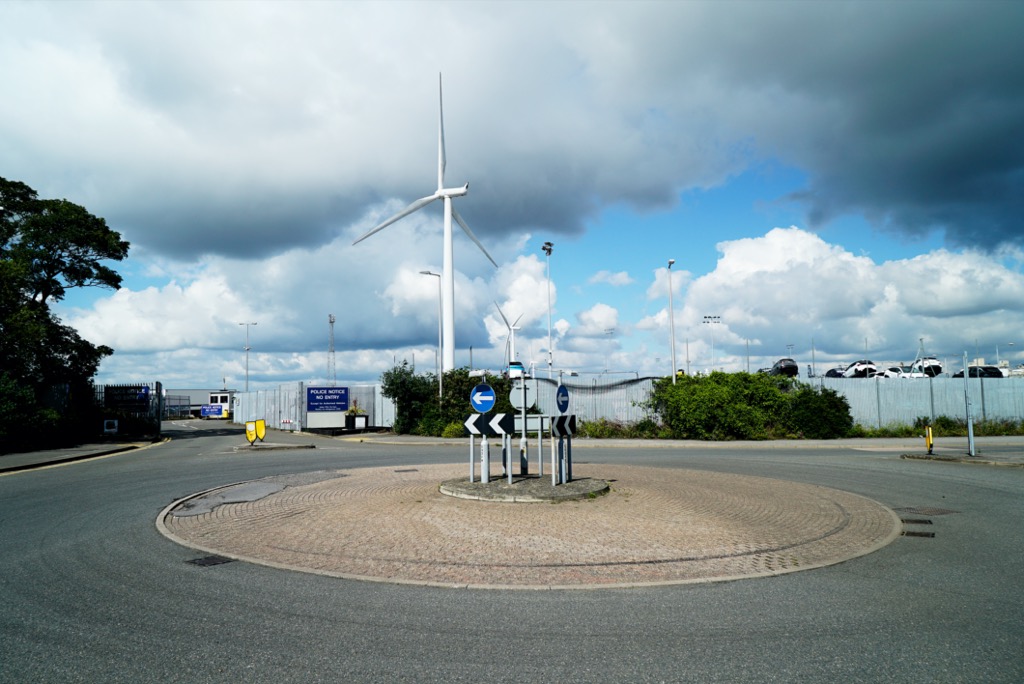

Also growing amongst the brambles beside a vast lot of thousands of imported cars was wild rocket. Wild rocket is not native, but has naturalised, and you can find it everywhere, from roadsides to old walls, waste grounds, docks and beaches. It’s the same rocket you get in fancy salad bags. When grown commercially it is mildly peppery, but its feral self is wildly hot. The lobed leaves are greyish-green to dark green. The flowers are brassica-like, cupped and pale yellow, on a long, thin stalk. When in flower you can’t mistake it for groundsel or ragwort, both of which will give you a stomach ache and smell deeply unpleasant when picked. Wild rocket smells distinctly peppery.
Flocks of starlings tolerated the roar and hot air blasts from passing lorries, but were startled by me on my little green bike. They flew away over a scrap of waste ground where a forlorn looking pony was tethered, munching its way through the grass it could reach between the main road and the railway line.

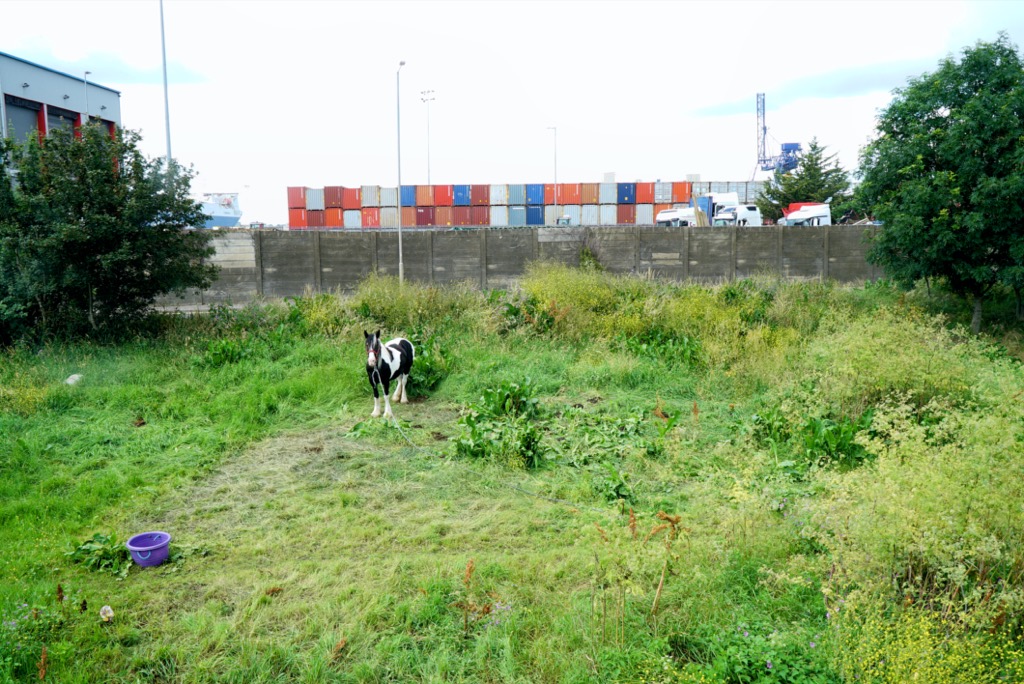

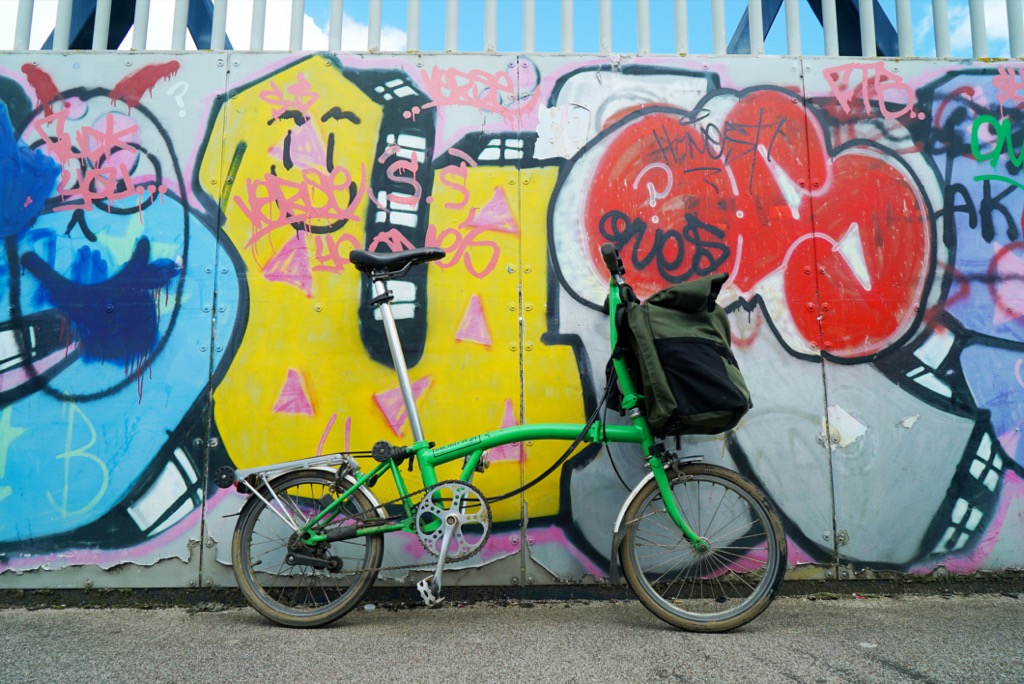
The town began on the other side of the railway, opposite the enormous Amazon warehouse. I watched a workman watching another workman digging a hole. Opposite was a new brick church where an elderly man and (I guess) his young grandson waited in shirt and tie for a funeral cortège to arrive. He looked at his watch, whiling away the time until the service began. I was pleased that neither of them looked too sad.
The streets around here were named after cities from the Commonwealth, many of whose émigreés probably set sail for new lives from this port. (Other streets were named after physicists and philosophers and I wasn’t quite so sure about that connection.) The town’s war memorial flew both the Union and the Canadian flag, commemorating wars from the past century. ‘For your tomorrow we gave our today,’ read the inscription. I’m not quite certain that the sacrifice of the Welsh Guardsman killed in the Falklands 8700 miles away or the town’s resident Royal Marine who was killed in an ambush in the Malaya conflict has helped me very much, sadly. The Malayan Emergency was one of the few successful counter-insurgency operations undertaken by the Western powers during the Cold War. It saw British and Commonwealth forces defeat a communist revolt in Malaya. The insurgency was described as an ’emergency’ because insurers would not have compensated plantation and mine owners if it had been labelled a ‘war’.
The communists of the MNLA were jungle based and supported by the impoverished Chinese population. Although many Chinese lived in the cities, others – known as ‘squatters’ – lived at the fringes of the jungle and could aid the guerrillas. The MNLA and its supporters called the campaign the Anti-British National Liberation War. Newly arrived troops had to be taught how to live and fight in the tropical forests. Training occurred at a Jungle Warfare School, which also worked out the best tactics based on experience gained in the field. British battalions normally spent three years in Malaya.
With a police force of 40,000 men it was now possible to clear an area of guerrillas. When an area had been swept it was designated a ‘White Area’ and restrictions on the local population were lifted, encouraging them to oppose the return of any insurgents. In August 1957 the Federation of Malaya was granted independence and the insurrection lost its rationale as a war of colonial liberation. Many guerrillas gave up their fight. In 1960 the Emergency was declared to be over. More than 500 soldiers and 1,300 police had been killed during the conflict. Communist losses are estimated at over 6,000 killed and 1,200 captured.
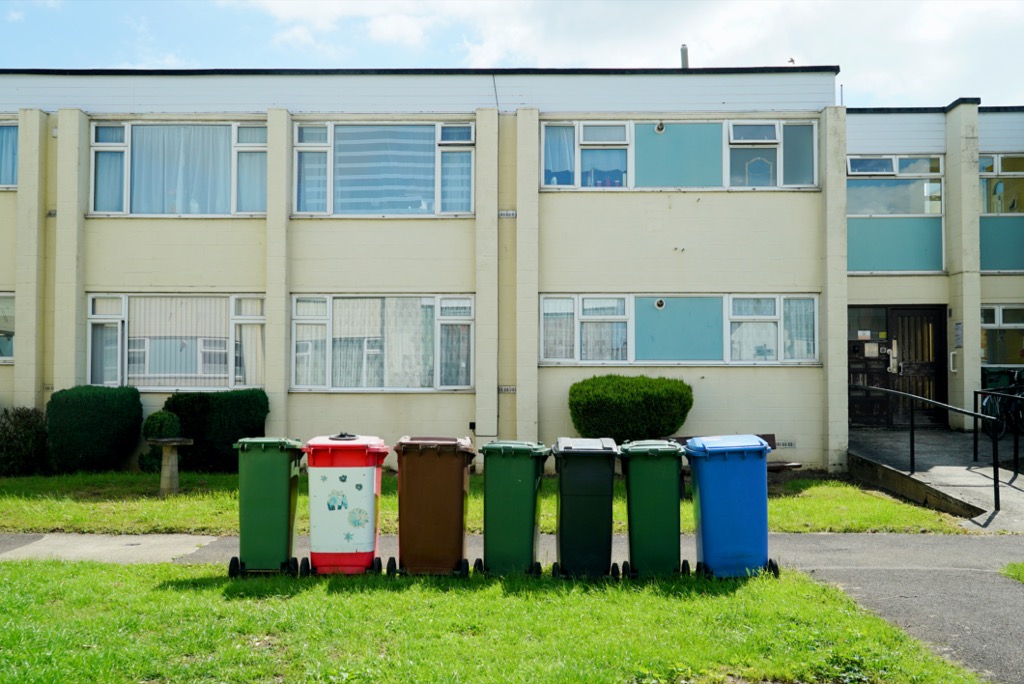
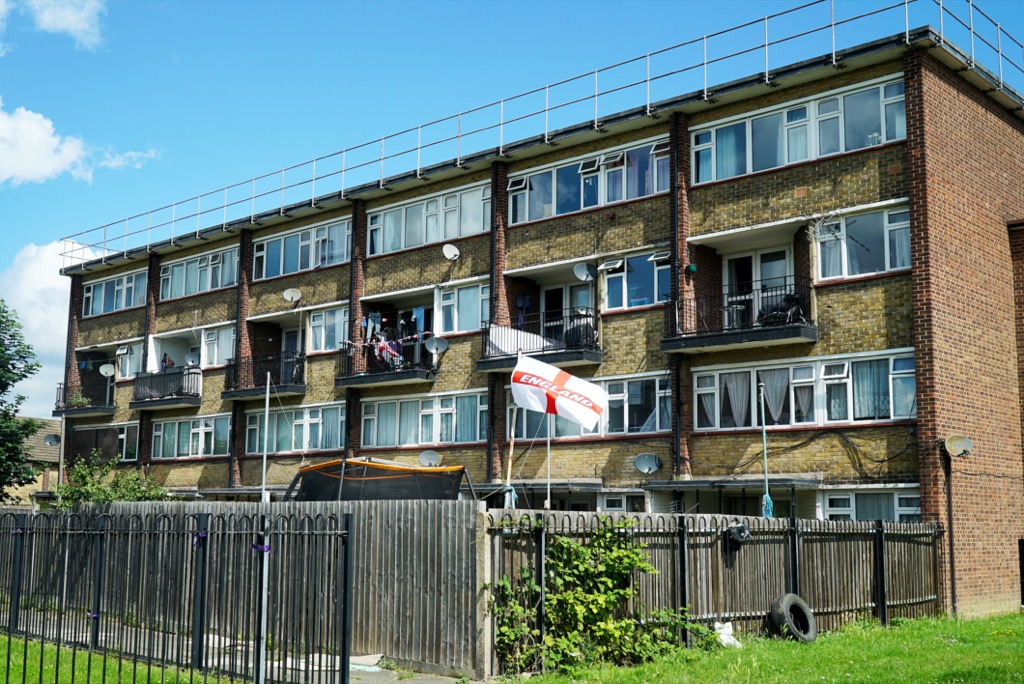
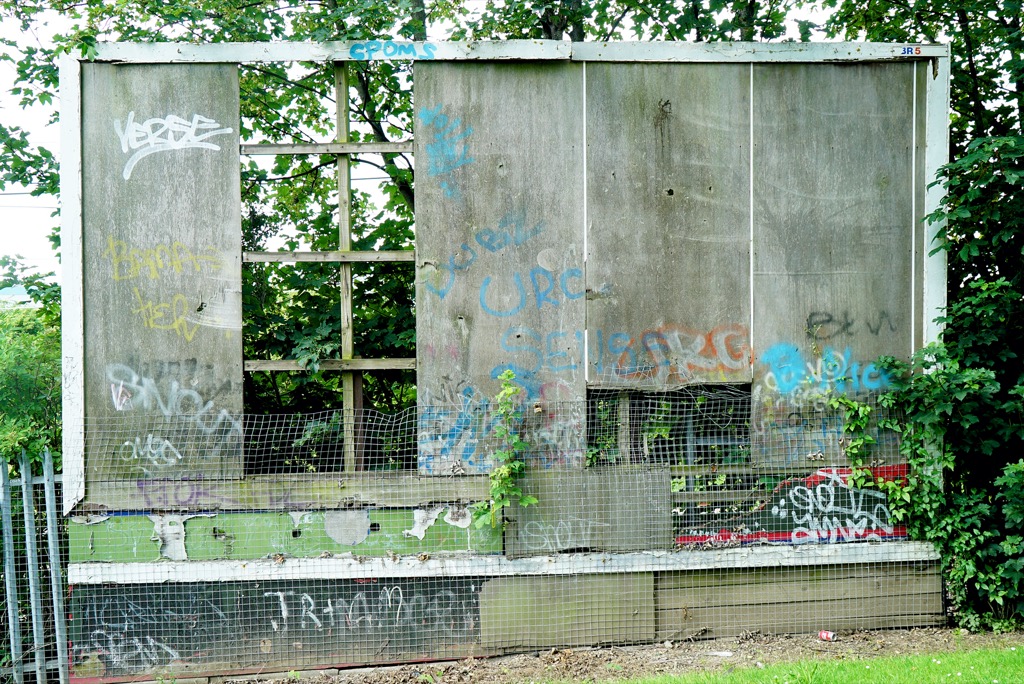

I pedalled around the streets of distinctive flat-roofed terrace houses and blocks of flats, many with paint peeling and a feeling of a marginalised community. But England flags were flying in the sunshine, with an air of optimism in the lead-up to the Euros final. Beside the railway was a row of scrap metal dealers, their businesses protected behind high walls and steel fences. One had its name sprayed crudely in big letters along a corrugated fence, whilst its neighbour had a large sign saying, ‘recycling the past for a better future’.

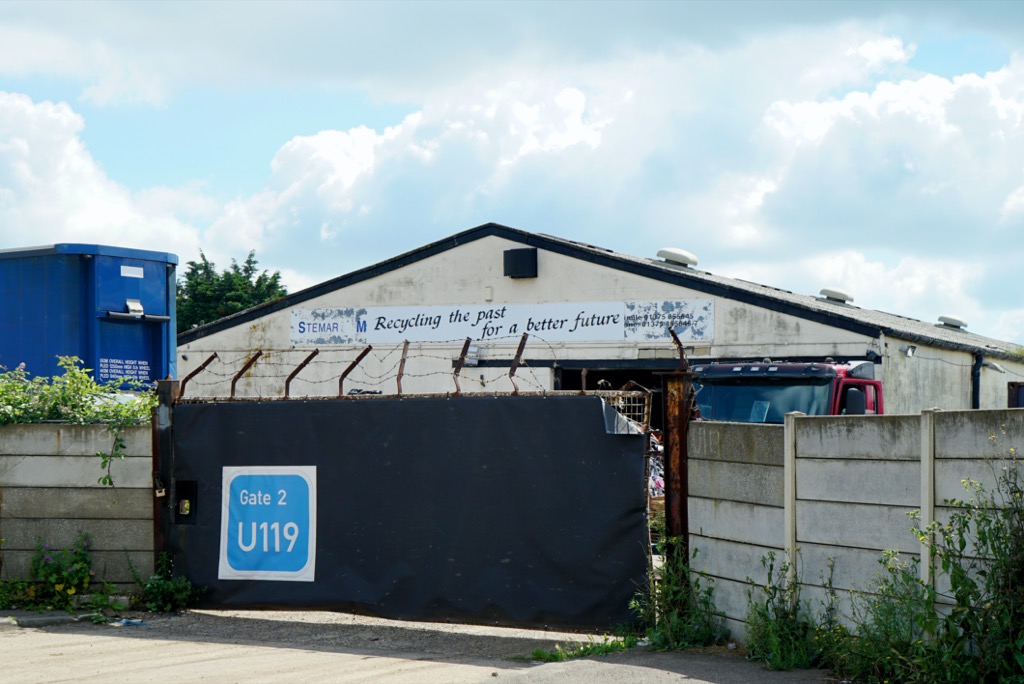
Last week’s award of The Nation’s Worst Footpath® did not last long for the title was taken today by a path behind the scrapyards that was so blocked with nettles that it forced me to retreat. Flip flops are not ideal footwear for battling nettles.
The flip-flop is one of the oldest forms of footwear. Murals in Egypt depict ancient Egyptians wearing flip-flops as far back as 4,000 B.C. These Egyptian flip-flops were made with papyrus and reeds. Early African flip-flops were crafted from animal hides, Indian flip-flops were wooden and in China and Japan, the footwear was made using rice straw. Today’s flip-flops are worn with the strap between the first and second toes, but that wasn’t always the case. Many early cultures, including the Romans and the Mesopotamians, wore their flip-flops with the strap between the second and third toes. We can thank the ancient Greeks for showing us that the most comfortable way to wear flip-flops is with the strap between the first and second toes.
U.S. soldiers returning home from deployments in Japan during World War II brought back pairs of Japanese zori, a type of flip-flop made with rice straw. These became wildly popular in the United States. By the 1950s, U.S. manufacturers were making their own version of the Japanese zori, using rubber instead of rice straw. Soon, people could buy flip-flops in any colour imaginable and the style of footwear became a fashion trend of the 1950s and 1960s.


I crossed back over the railway and rode towards the sewage works and 16th Century artillery fort by the river. A small settlement of Traveller caravans and dog kennels were tucked off the road on a quiet lane. Their ponies grazed in the marshy meadows and I walked past one tiny pony, no higher than my knee on a footpath towards the fort. Clouds and blue sky reflected off the water in the moats as I crossed the meadow towards it. I was tempted to sneak in and have a look around, but a fort is – by definition – tricky to get into. It is apparently one of the finest surviving examples of 17th-century military engineering in England. Built on the site of a smaller Tudor fort, it was designed to defend the river passage to the city against enemy ships. It was nearby that Elizabeth I famously rallied her makeshift army awaiting the Armada in 1588, ‘I know I have the body but of a weak, feeble woman; but I have the heart and stomach of a king’. However, its defences were never tested by any enemy. Though it became obsolete at the dawn of the 20th century, the fort remained garrisoned until the end of the First World War.

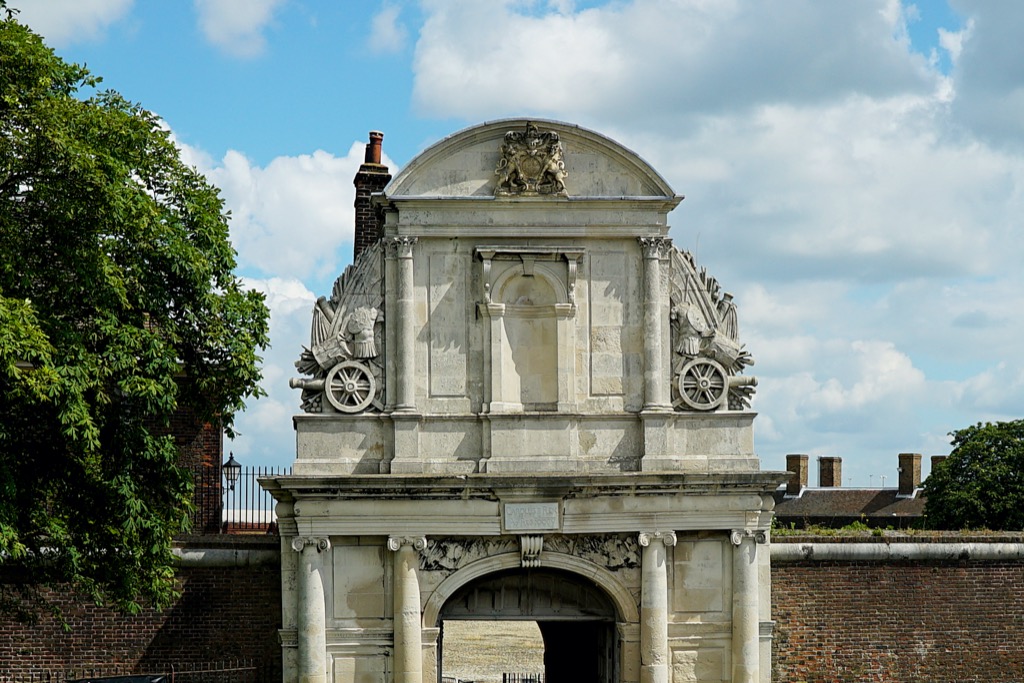
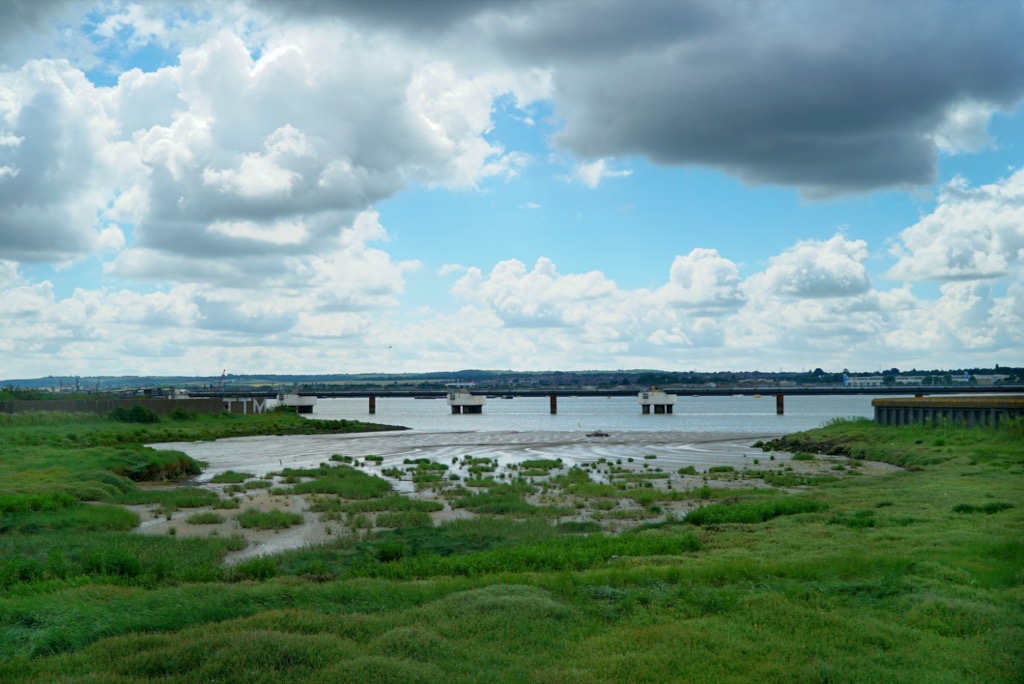
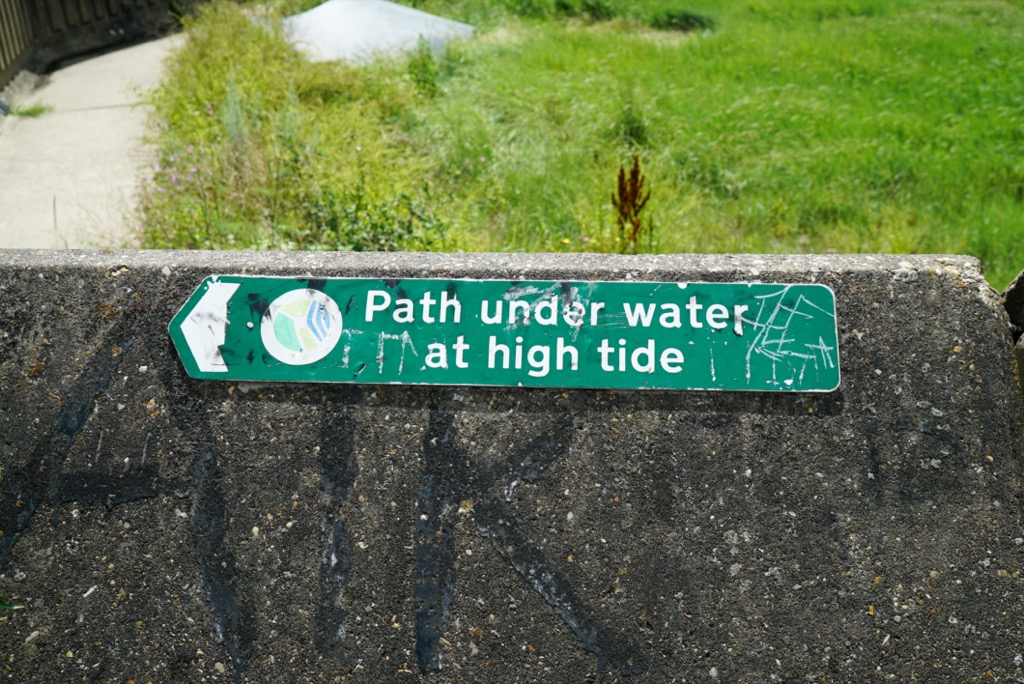
The river wall here is a tall, solid flood defence, more of a sea wall than a river wall really. I stopped to talk to an elderly gentleman passing the morning with a watercolour painting of the fort. I captured the same image in 1/640th of a second with my camera. He chuckled at the comparison and asked if I also liked to paint. I told him of my efforts to learn to draw during lockdown and he rued how much he had missed being able to get out and paint over the past year and a half. I wished him well and pedalled onwards, for my time in this square was running out and I needed to catch the ferry back across the river.
As the ferry motored across the water we bounced across the wake of a large ship bound for the open sea and I felt, as I always do, curiosity about who was on board and jealously of the places they will see. But I consoled myself with the thought that today I too had gone places new and crossed a boundary to visit somewhere different.




Comments